Illustrated Ideology
The art of Soviet-era children's literature shifted from experimental and avant-garde to a realistic, government-mandated style under Stalin.
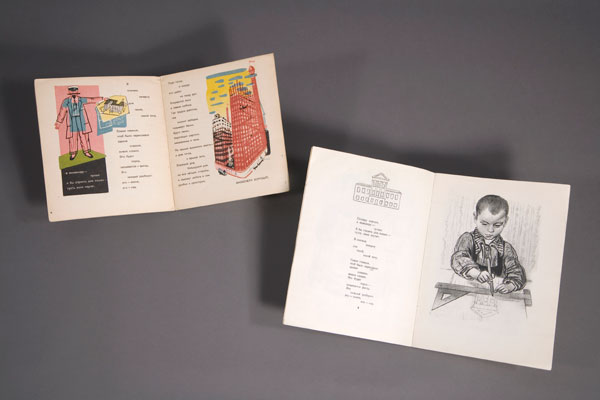
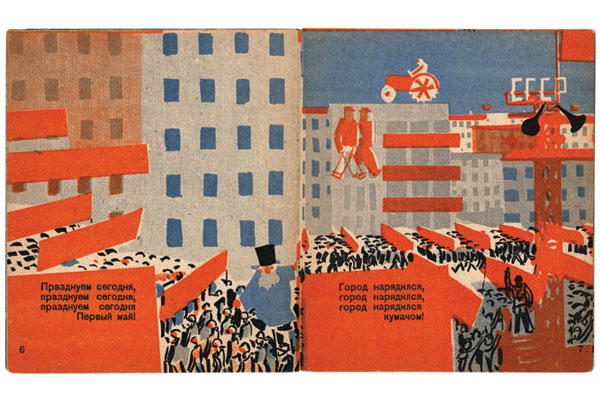



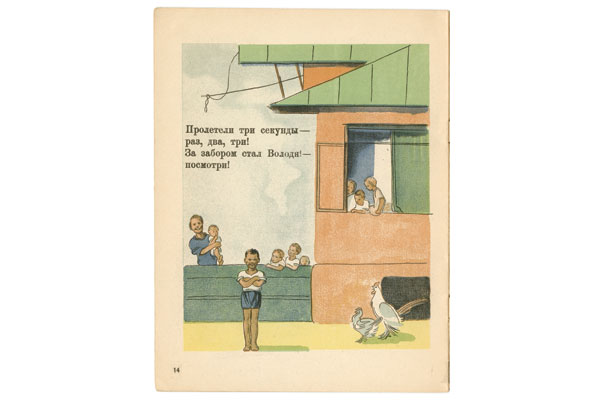
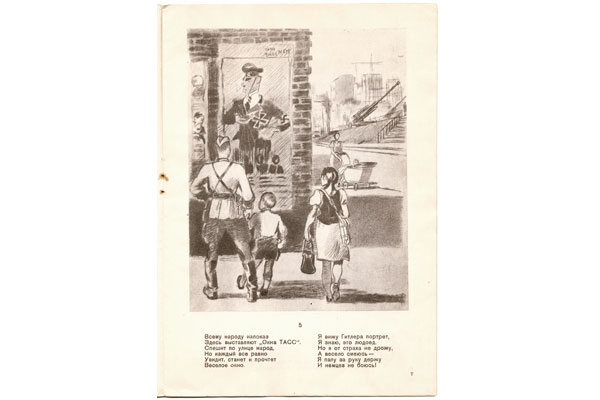
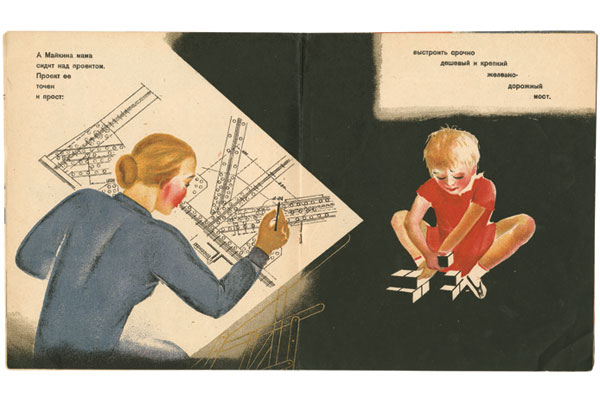
The art of Soviet-era children's literature shifted from experimental and avant-garde to a realistic, government-mandated style under Stalin.







